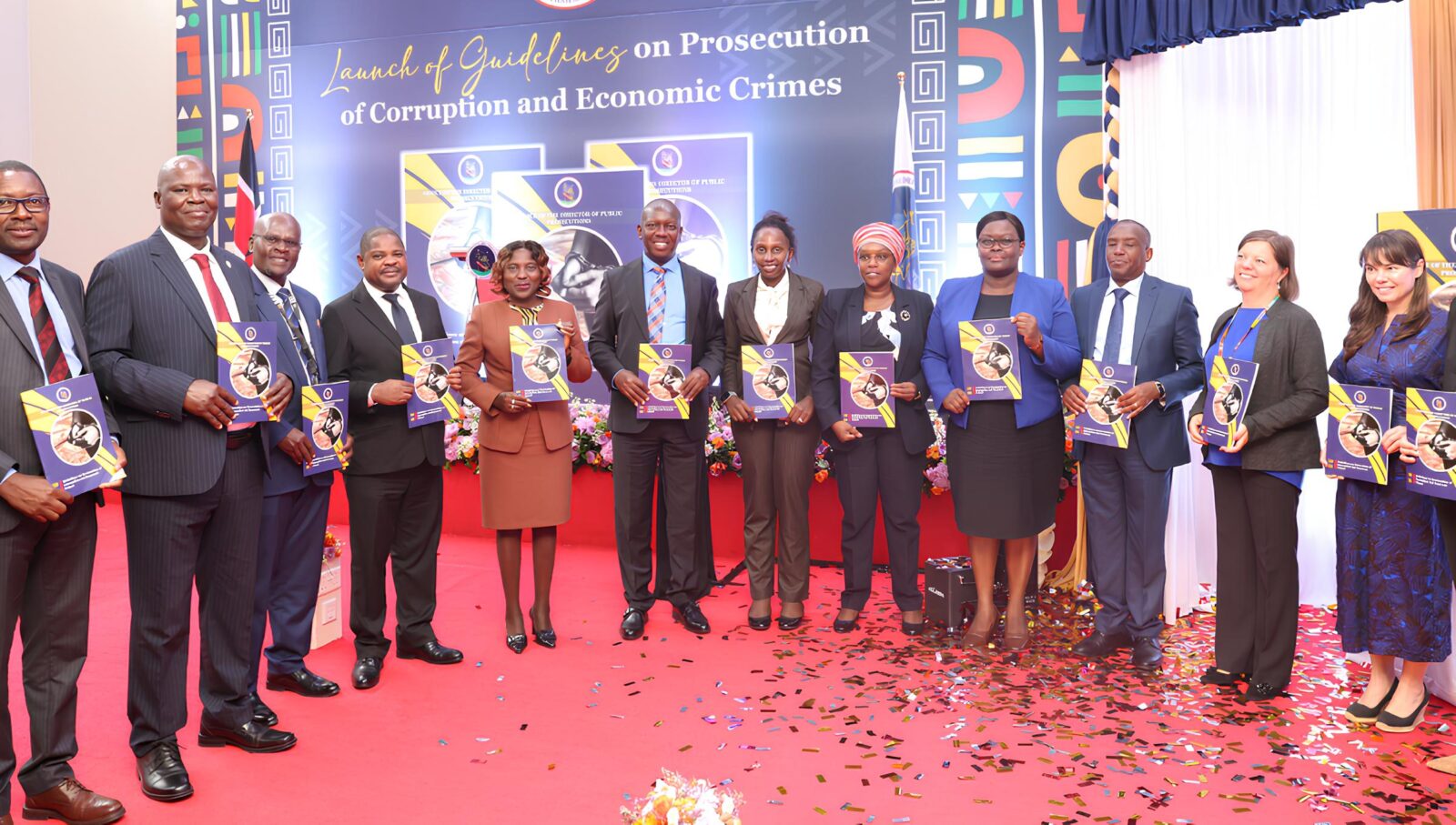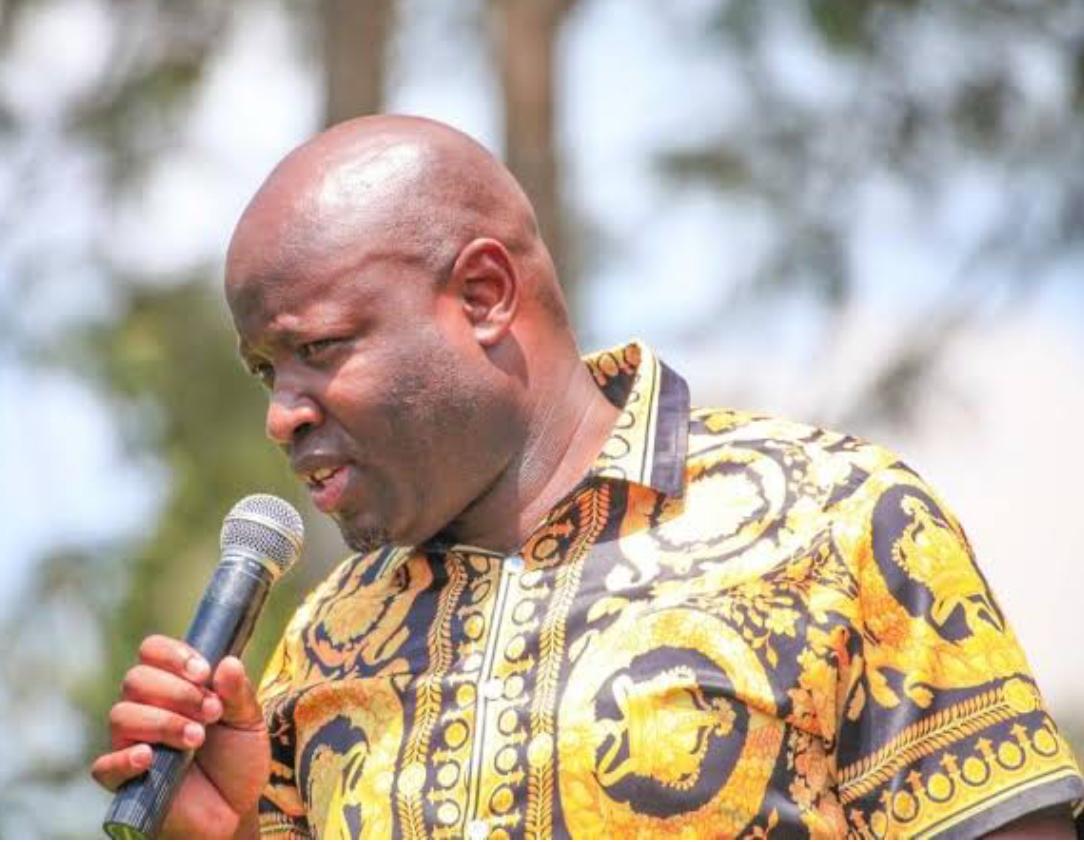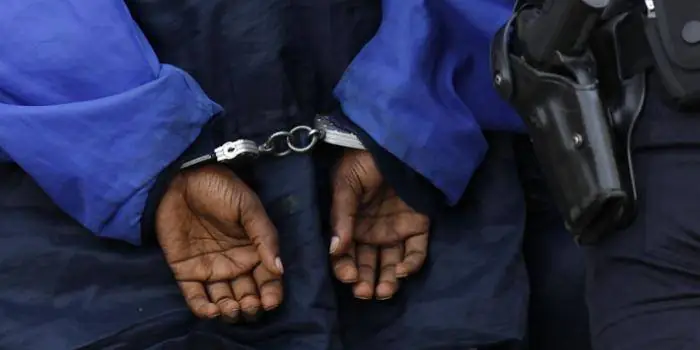The Office of the Director of Public Prosecutions (ODPP) has officially launched guidelines on the Prosecution of Corruption and Economic Crimes, 2025, marking a significant step in Kenya’s anti-graft agenda.
The framework aims to standardize decision-making in prosecuting corruption and economic crime cases while strengthening accountability and public confidence in the justice system.
Speaking during the launch, Director of Public Prosecutions (DPP) Renson Igonga reaffirmed the ODPP’s resolve to fight graft decisively and transparently.
He described the guidelines as more than legal instructions, saying they represent “a framework to guide decision-making in the prosecution of corruption cases across the country.
Ingonga stressed that corruption continues to deny Kenyans vital public services, deepen inequality, and undermine trust in state institutions.
The new guidelines outline uniform standards for prosecutors, particularly in determining whether suspects should face charges.
They also address the evolving complexity of economic crimes, which increasingly involve digital platforms, cross-border syndicates, and entrenched networks within both county and national governments.
Law Society of Kenya (LSK) President Faith Odhiambo welcomed the development, warning that corruption remains “one of the gravest threats to our Republic.”
She noted that graft is directly linked to stalled projects, inflated contracts, and citizens being denied basic rights such as healthcare and education.
She praised the ODPP for introducing a tool that provides “clarity, consistency, and courage” in tackling graft.
Mark Mugonji from the Assets Recovery Agency emphasized the importance of asset recovery as part of the fight against corruption.
He underscored the need for stronger collaboration among institutions and the adoption of advanced technology to stay ahead of sophisticated criminal networks.
The ODPP reiterated its commitment to ensuring that every case of economic crime not only delivers justice but also leads to the recovery of stolen public assets.












